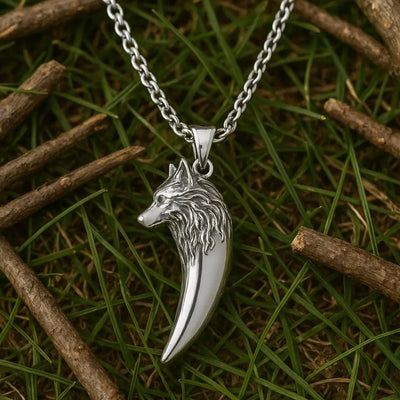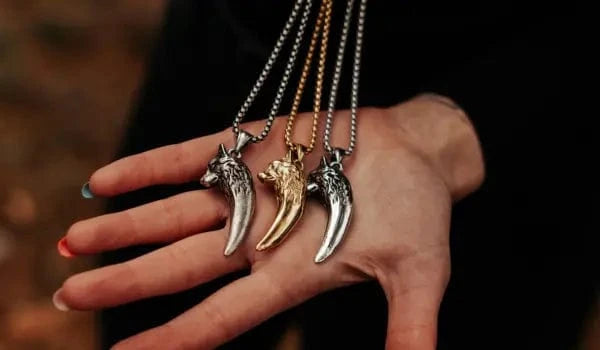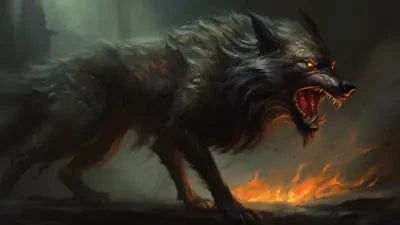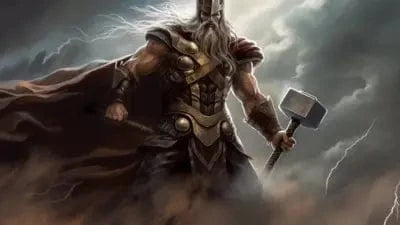They drink from horns, mead, beer, blood! What is it really? How good was Viking beer?
Vikings are people accompanied by the image of bloodthirsty warriors who dominated Europe and beyond in the Middle Ages. However, although the Vikings did not hesitate to spill the blood of their enemies in countless wars, that was not the only thing these fearless warriors craved.
To the question of whether the Vikings knew about alcohol, the answer is probably common knowledge. Yes, the Vikings liked to drink alcoholic beverages. If you think about it a bit more, in order to survive in the cold and dark of the north, the Vikings absolutely had to consume something sweet and alcoholic that would lift their spirits and warm their blood during the cold months.
So what did the Vikings actually drink?

DID VIKINGS DRINK WINE AND BEER?
Alcoholic beverages are an indispensable part of the image most of us have of the history of the Vikings today.
According to archaeological findings, Norsemen had various beverages at their disposal. Although beer was the most popular drink of these ancient peoples, many artefacts have been found in archaeological excavations, indicating that the Scandinavians also produced wine.
It is even possible that some countries paid the Vikings in the form of wine to prevent their attacks. However, the discovery of charred grape seeds in Denmark has led archaeologists to conclude that the Danes grew vines and practiced viticulture on their own.
However, wine production was more expensive, and it is assumed that wine was reserved for the wealthier members of society.
Most of the Vikings drank mostly a low-alcoholic ale called "ale". Drinking ale every day was a Viking way of life and an integral part of Viking culture. This drink was especially important on sea voyages, as Vikings sometimes spent several months on the high seas.
Due to the overpopulation of Europe in the early Middle Ages, sanitary conditions were extremely poor (Like us today with the Covid, haha) and the water was not drinkable. By purifying the water, turning it into ale, the Vikings obtained a safer drink that they could drink indefinitely and without fear of intoxication. Another advantage of ale over water was that it was a more caloric drink. And we know that calories were necessary for the Vikings to perform their heavy daily activities.
In addition to beers, the Vikings also drank mead made from honey. However, as honey was expensive, this sweet drink was only drunk on special occasions. It can therefore be concluded that beer was still the main drink of the Viking people.
However, if you are looking for an answer to the question "What kind of beer did the Vikings drink?", you will be surprised by some of the answers you will get.

34,90€
50,00€
HOW MUCH ALCOHOL DID THE BEER CONTAIN?
Many of the ingredients used in brewing at the time were wild, such as wild sweet berries, lichens and various herbs. In addition, research into ancient Viking settlements has found that the brewing of beer was entrusted to women in Viking society.
Given that women in Scandinavia had great power at the time, it is not surprising that they were also involved in brewing.
As for the types of beer that the Vikings once produced, there were probably many different types. The type of Viking beer depended on the region in which the beer was made and the plants used in the brewing process.
What we do know from archaeological research is that the Vikings used yeast to brew beer, as breweries do today. Yeast converts sugar into alcohol, carbon dioxide and water during fermentation. It is important to understand that, depending on the amount of ingredients added, the Vikings produced two main types of beer.
One was bitter and alcoholic, and the other was a beer called alley. These drinks were distinguished by their strength. Although the exact percentage of alcohol is unknown, it is thought that the strength of beer brewed by the Vikings was between 2 and 13% alcohol. It is thought that the strength of the beer depended on the amount of water added during the brewing process.
For this reason, it is thought that the stronger alcohol beer was intended for certain occasions, such as weddings, obèques. As for ale, it was intended for everyday consumption and, because of its low alcohol content (about 2% alcohol), even children could drink it.

WHAT WAS THE TASTE OF VIKING ALE?
Just as we don't know the exact strength of the beer the Vikings produced, we can't say for sure what the taste of the ale was.
The Vikings kept no notes on how they made this popular beer (unfortunately).
Therefore, although there are many ideas about how beer was brewed in Scandinavia at that time, the exact recipe and equipment for making beer in the early Middle Ages have not yet been discovered.
We know that beer was produced by kneading and fermenting grain in vessels, so brewing beer at that time undoubtedly differed from the process by which the brewery of today, in 2021, produces beer.
We also know that the Vikings used grain, water, hops, and herbs for beer production. Hops were most often attached for aroma, although other herbs could also be used in place of hops. The taste of beer depended on many factors that the Vikings could not influence.
So, for example, different cereals have a different sugar content. The conditions in which the grains and herbs grow vary from crop to crop, which greatly influenced the taste of the beer produced.
In Viking times, beer was most often brewed from barley grains. However, in addition to barley, oat or rye grains could also be used, depending on the presence of these grains in the area where the beer was brewed.
Also worth mentioning is the bere grain that the Vikings brought to England in the 8th century. Bere is thought to be the oldest type of grain (it is over 1300 years old) and was one of the most important agricultural crops in the north of Scotland. Bere grain was also used for brewing and is considered a Viking grain.
WHICH BEER IS THE OLDEST KNOWN BEER?
It is thought that beer was one of the first drinks made and that people were producing it much earlier than we can imagine.
In the latest research by archaeologists, traces have been found that indicate that beer was being produced as early as 13,000 years ago. They found traces considered to be the oldest traces ofalcoholic beverages created by humans.
Scientists also believe that the making of beer preceded the development of agriculture and that beer could be the reason why ancient people started to grow cereals.
The traces mentioned, which archaeologists believe are evidence of the earliest brewing operation, were found in the Rakefet cave (Israel).

WHAT DO THE VIKINGS DRINK BEER IN?
Although craft beer mugs existed in Viking times, we much prefer the depiction of a Viking drinking from an animal horn. If you feel that way, let's take a look at how to turn a horn into a beer mug or goblet.

Instructions on how to make drinking horns:
- Plunge the cleaned horn into boiling water and leave it in the water for half an hour. In this way, you will get rid of the foul smell of the horn and rid it of bacteria.
- Dissolve 100% pure beeswax. To do this, put the wax in a bowl of hot water.
- Pour the wax into the horn until you cover the inside of the horn with a thick layer.
- You can polish and touch up the outside of the horn as you wish.
- Let the horn dry for at least 24 hours.
- Make a stand on which you can place the horn while drinking your beverage.
- Pour the beer into the horn and enjoy it like a true Viking.
Before we wrap this up, we'll let you check out this band!
CONCLUSION
Drinking beer in Viking culture was more than just a way to relax after a hard day's work or a hard fight. The Vikings believed that their spiritual state due to drunkenness put them in touch with their ancestors.
Therefore, it would be absolutely wrong to consider the Vikings only as drunken and cruel savages. On the contrary, the brewing of beer in the conditions in which the Vikings lived is evidence of the sophistication of the Viking people. At the very least, the cultivation of domesticated grains for brewing beer was truly evidence of the ingenuity and advanced social structure of the Vikings.
Thanks for reading, it's a pleasure to write for Odin's Hall, the leading brand in accessories from the Nordic mythology.
Cape to the East my friend, heading the origin of the word viking! Forward
Skoll!!




